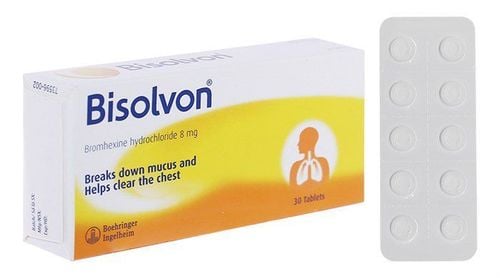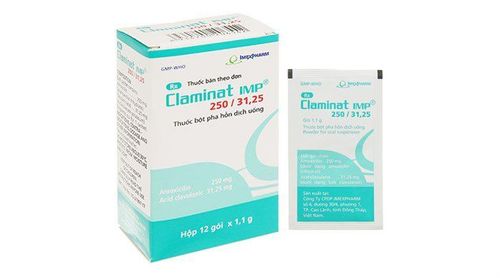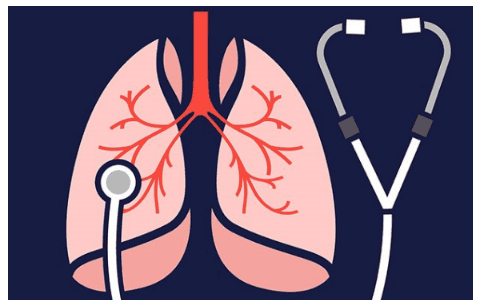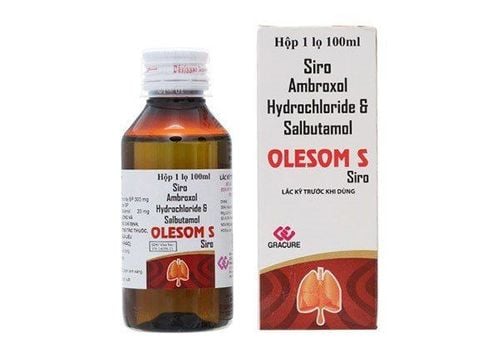This is an automatically translated article.
Posted by Doctor Tran Thi Diem Trang - Respiratory Internal Medicine Doctor - Department of Examination & Internal Medicine - Vinmec Central Park International General Hospital
Oxygen therapy for patients with chronic obstructive pulmonary disease is effective in treating acute exacerbations as well as long-term treatment at home. Understanding oxygen therapy will help patients make more appropriate choices and decisions.
1. Natural course of chronic obstructive pulmonary disease
Chronic obstructive pulmonary disease (COPD) is a very common disease in the world as well as in Vietnam. COPD is a lung disease that causes damage to the lungs, making it difficult to breathe. The disease is characterized by progressive and irreversible airway obstruction. This airway obstruction is usually progressive. COPD is divided into 4 stages from mild to severe based on measuring respiratory function, FEV1 index.
COPD stage 4 is the most severe stage, the FEV1 index is very low, patients always feel short of breath even in daily activities, their quality of life is seriously affected. Patients with COPD at this stage often do not have enough oxygen to meet the body's needs at rest or during exertion. This condition is called chronic respiratory failure.
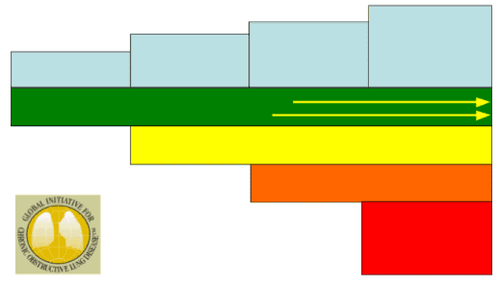
2. Consequences of chronic respiratory failure
On the brain Chronic hypoxia causes neuro-psychiatric abnormalities such as attention and memory disorders, difficulties in abstract thinking, dexterous behavior, and simple movement disorders.
On blood vessels The body will respond by increasing red blood cell production to ensure oxygen transport. But this reaction is harmful because it increases blood viscosity and thus contributes to increased pulmonary vascular resistance leading to the development of pulmonary hypertension.
On the heart Because the blood is concentrated and the pulmonary artery pressure increases, the heart has to work harder, which easily leads to heart failure.
Benefits of long-term home oxygen therapy
Get better sleep Stabilizes pulmonary artery pressure: avoids congestive heart failure, right heart failure Reduces hospitalizations Increases life expectancy. Improved mental health. Improve quality of life.
3. Indications for long-term oxygen at home
COPD in the stage of severe chronic respiratory failure, ie:
PaO2 < 55 mmHg
PaO2 from 55-60 mmHg with:
Pulmonary arterial pressure elevation Leg edema / right heart failure Polycythemia vera confirmed in the stable stage of the disease and measured twice ≥ 3 weeks apart. The doctor will assign the patient an appropriate dose of oxygen depending on the patient.
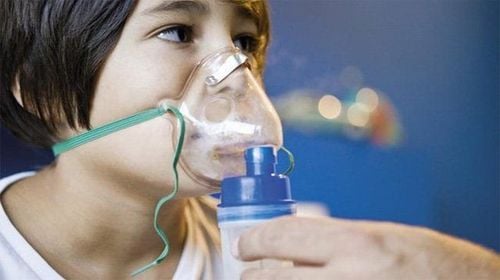
4. How to use long-term oxygen at home
4.1 Oxygen Source Compressed oxygen tank. Compressed oxygen cylinders are the oldest and most commonly used form of oxygen supply today, in which oxygen is compressed by pressure into metal containers of various sizes. Should have a small bottle, with a support or a stroller that can be moved and moved easily to help the aunt be active and not dependent on others.
Compressed oxygen tank has 2 parts:
Regulator includes pressure gauge, safety valve, gas flow regulator (number of liters of oxygen in 1 minute). Oxygen Humidifier Unit Air purifier oxygen from the air. An oxygen purifier from the air is an electric-powered device that separates oxygen from the air to provide oxygen in its pure form, so the cost of use will be cheaper than using a compressed oxygen tank. Because the machine works on electricity, you should have a backup oxygen tank at home in case the power goes out or the machine breaks down suddenly.
4.2 Oxygen dose Lowest oxygen flow so that PaO2 reaches 60-65 mmHg or SpO2 reaches 88-94%. Usually about 1-2 liters/minute. Increase by 1 liter over basal dose during exercise and sleep
4.3 Oxygen duration Oxygen duration should be at least 15 hours per day.
4.4 Complications from poisoning Oxygen Therapy is considered a drug, but it is also a “double-edged sword”. If used incorrectly, it will lead to oxygen poisoning.
For respiration: Causes apnea in patients with COPD. These patients always have a high blood pressure CO2 (PaCO2) so respiratory stimulation depends only on hypoxia. When the patient is given high doses of oxygen, the excitatory factor of the respiratory center will be lost and the patient will stop breathing. In addition, oxygen also stimulates the respiratory tract, causing cough, chest tightness, pneumonia... For nerves: Using high pressure oxygen can cause seizures and paraesthesia. Currently, at Vinmec International General Hospital, oxygen therapy is used in emergency and urgent cases to avoid complications of respiratory failure as well as other respiratory diseases affecting the health of patients. patient. In addition, this is also the address for examination, treatment and prevention of many diseases with optimal results thanks to modern technical facilities, a team of dedicated, professional and dedicated doctors. profession.
Please dial HOTLINE for more information or register for an appointment HERE. Download MyVinmec app to make appointments faster and to manage your bookings easily.






